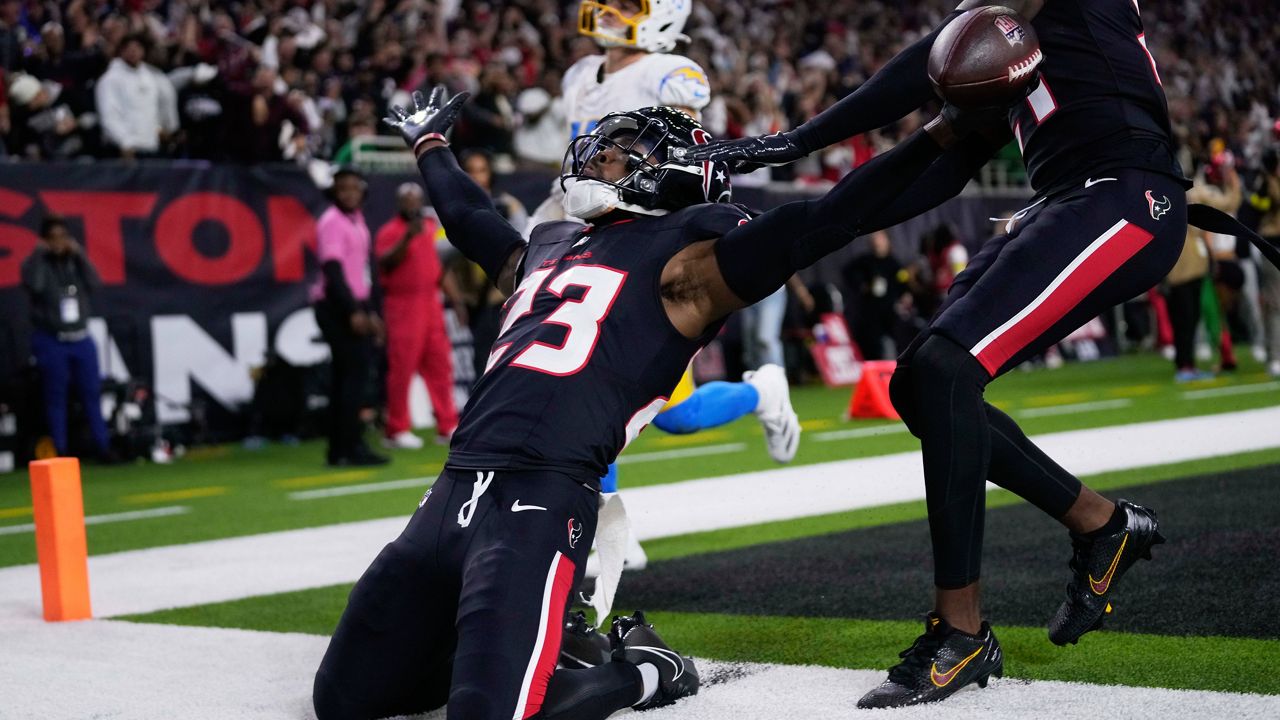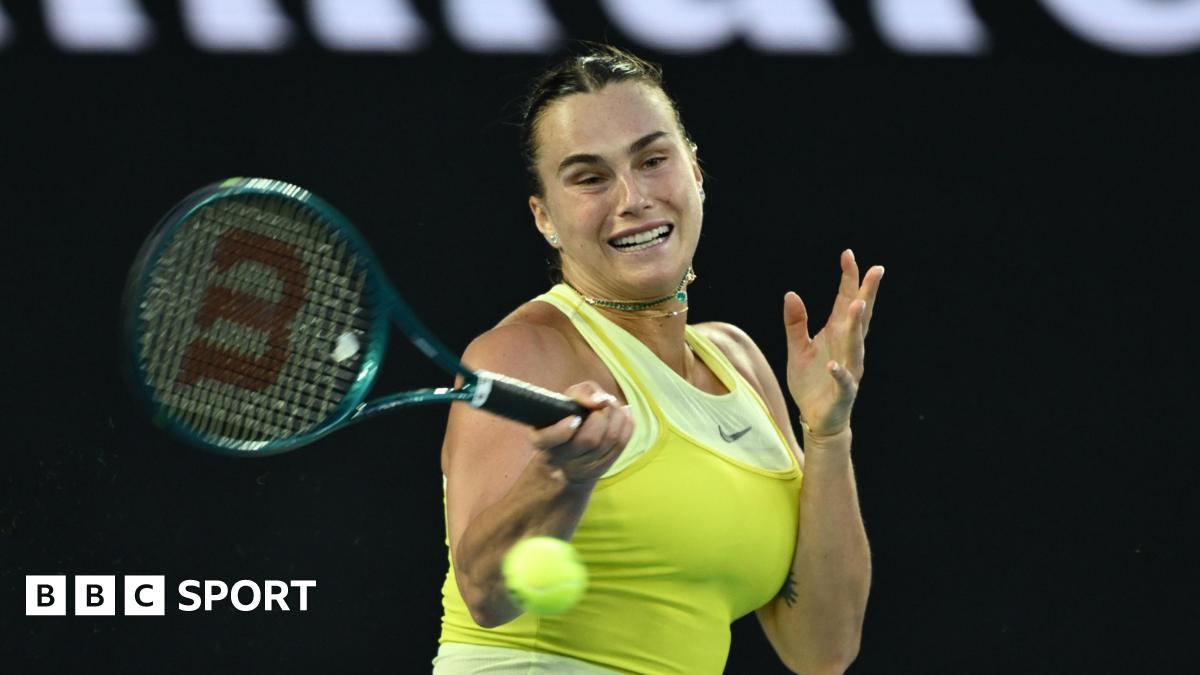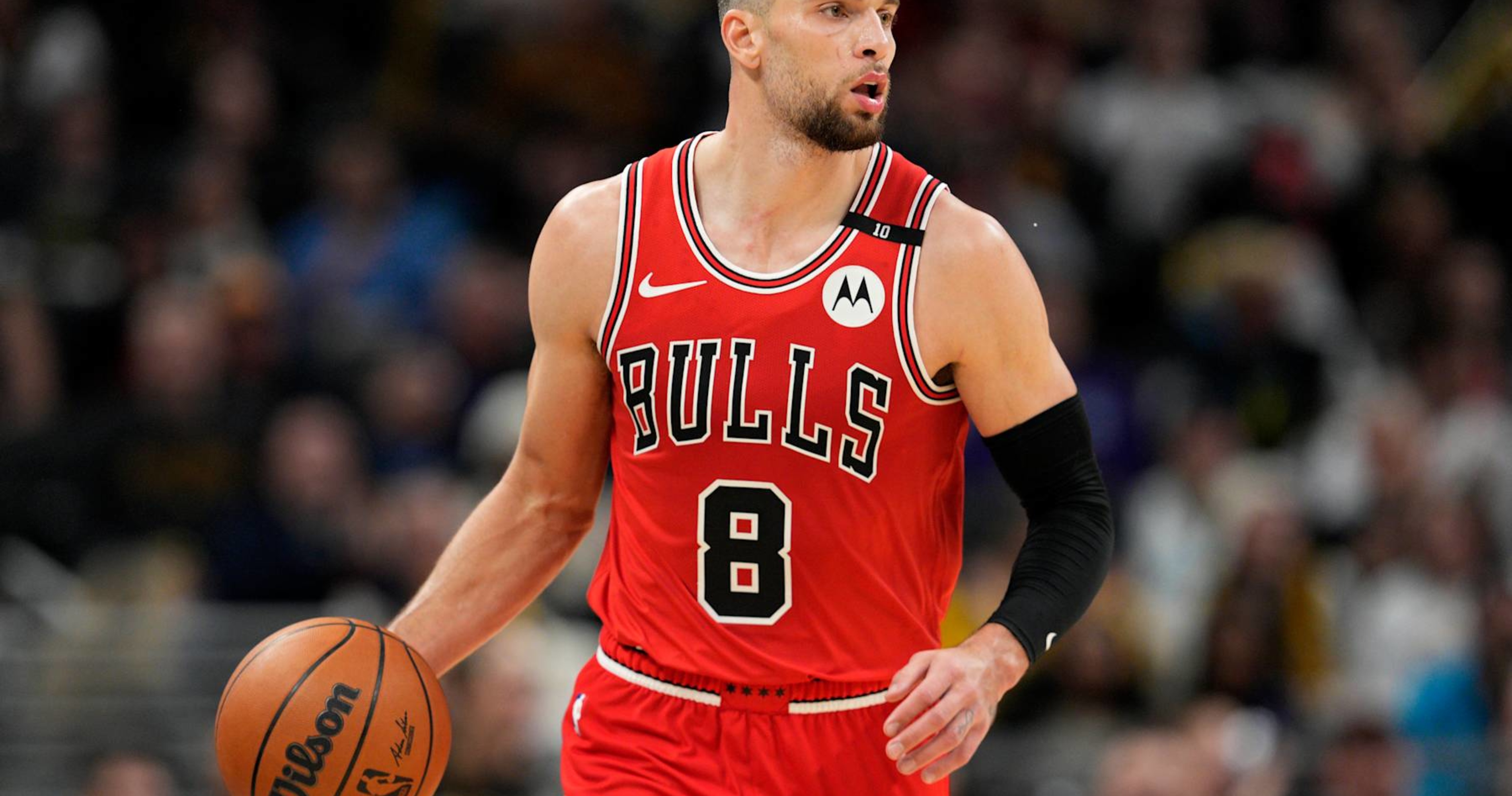Mauricio Pochettino’s vision for the USMNT
Mauricio Pochettino’s USMNT project began with intensity this week in Texas. Fresh off long flights from Europe, their minds and bodies weary, players pushed through “tough” training sessions; Tuesday’s was “one of the longer ones we’ve had with the national team,” veteran defender Tim Ream said.
They also began, of course, with “basics,” with rudimentary movements, with introductory meetings. “The most important [thing],” Pochettino said last week, “is that we need to set a few principles, few concepts” — rather than “spend two, three hours talking about tactics.”
The hope, though, is that eventually, those principles and concepts will ignite the U.S. men’s national team; that Pochettino, the most eminent and expensive coach in program history, will revolutionize it.
And if he does, the revolution will probably take shape in soccer’s three most consequential seconds — the ones after his players lose the ball.
It is difficult to know exactly how Pochettino plans to transform the USMNT. Although his name conjures visions of the brave, relentless press he brought to Southampton and Tottenham, he has frequently adapted his tactics to his personnel — especially at his last two stops, PSG and Chelsea. He reined in the press. He has often tweaked attacking shapes. In fact, some of his “positional play” and formations might remind fans of what they saw under previous U.S. coach Gregg Berhalter.
Where he’ll likely differ, though, is in defensive transition. “It’s the phase when you lose the ball that we are going to be very, very, very demanding,” Pochettino said last week.
In this critical phase of the sport, a team essentially has two options: to retreat into its defensive shape, or to swarm, hunt the ball, and try to win it back. Berhalter sought a middle ground between the two extremes. Pochettino sounds like he does not want to compromise.
“When we lose the ball,” the new boss said, “we need to be desperate to recover [it] as soon as possible.”
This so-called counterpressing — and, in general, a more aggressive approach to soccer — could define Pochettino’s USMNT.
Pochettino’s starting point: Berhalter Ball
Before we delve into Poch Ball, though, let’s rewind and define Berhalter’s USMNT — which evolved over time.
It began with an ideal, a stated desire to “use the ball to disorganize the opponent and create goalscoring opportunities.” The purpose of the team’s possession, though, seemed to morph into more of a defensive one over time. They prioritized “rest defense” — the positioning of players, while in possession, to protect against opponent counterattacks. When asked about the team’s tactical identity on the eve of the 2024 Copa América, Berhalter said, in part: “One thing I know for sure: Our most success is gonna come from being able to limit our opponents’ high-quality goalscoring opportunities.”
And in many ways, he accomplished that. In three group games at the 2022 World Cup, the USMNT conceded zero goals from open play. At the Copa América, when games were 11-v-11, they were similarly sturdy. Against Mexico, in World Cup qualifiers and the past two Nations League finals, the USMNT kept four consecutive clean sheets.
The relatively cautious, rigid approach shielded and nullified weaknesses at center back. But it came with tradeoffs. Solidity came at the expense of attacking fluidity and adventurousness. And this became Berhalter’s downfall. The U.S. struggled to consistently create high-quality chances of its own, especially through central areas.
The million-dollar question was, and is: Was that a tactical failure? Or a player failure?
Or, more likely, was all of this a debatable-but-reasonable choice that Berhalter made based on the players at his disposal? His most dynamic ones — Christian Pulisic, Tim Weah, Sergiño Dest, Antonee Robinson — played in wide areas. His defensive midfielder, Tyler Adams, was much better at cleaning up mistakes and stifling counters than progressive passing. His best central playmaker, Gio Reyna, was often unavailable due to injury.
So, Berhalter strayed from his ideals — as many club coaches who come to international soccer realize they must do. He became more pragmatic, tailoring game plans opponent by opponent. “When you look at the top, top teams in the world,” Berhalter said in June, “I think that’s what they’re the best at doing: adapting.”
The question now is whether Pochettino will come to similar conclusions.
Pochettino’s philosophy
Part of Pochettino’s philosophy is not all that different from the one Berhalter outlined nearly six years ago. Playing with the ball “is the principal objective,” Pochettino said. He and his staff “love to dominate games, and of course to have the possession … because I think it’s the best way, first of all, to defend; and second, because … the way that we want to win is to play closer to the opposition goal.”
So, he implores his teams to build attacks from the back.
If an opponent presses high, he does not want indiscriminate long balls to avoid the press; he wants his midfielders and forwards “to move, to give options, good angles to your teammate,” as he said last month; he wants the player on the ball to accept some risk, and find those options.
And he wants them to play forward, intentionally, moving as a unit to set up shop in the opponent’s half, and tilting the field.
On a Zoom call with reporters last week, Pochettino highlighted all of that, the attacking phase, as one of “two phases of the game you need to control.” The other was the aforementioned defensive transition phase. And the two, of course, are very interconnected. Your attacking shape is your defensive transition shape. Your priorities and strategies with the ball affect what you can do when you lose it.
That’s why Pochettino, like Berhalter — and not unlike Pep Guardiola — has preferred a somewhat rigid attack. If players stick to positions within a well-organized structure, they’re better prepared to react when attack suddenly becomes defense.
In that pivotal, transitional moment, the team that lost the ball is typically at its most vulnerable — because its players were positioned to attack, not to defend. But there’s a corollary: The team that won the ball is typically ill-equipped to attack or keep possession — because its players were positioned to block passing lanes and compress space, rather than to offer passing lanes and create space.
Coaches, therefore, face a choice between limiting their own team’s vulnerability or, on the other hand, pouncing on the opponent’s poor structure. And historically, Pochettino’s teams have pounced. They’ve tried to win the ball back within three seconds of losing it, and to maintain their foothold in the attacking half of the field.
They have also pressed, ravenously, in non-transitional phases. Powered by punishing fitness regimens, Pochettino’s 2013-14 Southampton squad ran more than any other team in English Premier League history. His early Tottenham teams were similarly confrontational, hounding opposing defenders and goalkeepers. In his 2017 book, Pochettino described the ideal: “I want my teams to provoke a controlled disorder, to create so much movement that it distresses the opposition.”
At PSG, though, he often couldn’t pursue that. An effective press requires 11 coordinated, fit and committed players. Pochettino, instead, had Neymar, Kylian Mbappé and an aging Lionel Messi. So he played to their strengths.
A couple years later, at Chelsea, and in line with broader tactical trends, his players pressed, but nowhere near as aggressively as they had at Tottenham. They’d also sit in a mid-block at times, and focus on forcing opponents toward the sidelines, by walling off passing lanes and central spaces.
So it’s unclear how aggressive his USMNT will be without the ball. The U.S. players, for the most part, are capable of pressing — a trait that Berhalter, to some degree, eventually leaned into. But time is scarce — yet necessary to get the players in sync and fully onboard.
Pochettino brings flexibility, intensity to USMNT
As for the more granular details — the shapes and patterns that will bring philosophies to life — Pochettino will surely be pliable.
He said last week that his starting points will be a 4-2-3-1 and a 4-3-3 — the same basic alignments that Berhalter used — but those simplified formations don’t tell us much.
Berhalter’s USMNT alternated between, roughly, two attacking shapes — a 3-2-2-3 and 2-3-2-3 — depending on the opponent and their own midfield structure; and between two defensive shapes — a 4-4-2 and 4-3-3 — depending on the opponent and their preferred line of confrontation.
Pochettino will surely alternate as well. At Chelsea, he toyed with various alignments throughout the 2023-24 season. At PSG, he adjusted based on player availability. His best Tottenham team spent some of the 2016-17 season in a 3-4-2-1 base, with three center backs, but that’s largely because it suited personnel — Eric Dier was perfect for the middle of the back three, while Kyle Walker and Danny Rose were excellent as wing backs. The following season, with Walker gone and Rose injured or out of favor, Pochettino went back to a 4-2-3-1 to get all four of his attacking stars — Harry Kane, Dele Alli, Christian Eriksen and Son Heung-min — on the field together.
So, long story short, he is not a stubborn idealogue. He has a vision, and ideals, but “we need to see the players, feel the players, see all the characteristics,” he said last month. “We are very flexible.”
And his first camp has likely driven home that point. More than half of his probable 2026 starters — Dest, Adams, Reyna, Weah, Folarin Balogun, Chris Richards and Cameron Carter-Vickers — are absent due to injury. Pochettino will have to work with, and adapt to, whatever international soccer throws at him.
He’ll also have to convey the vision a few days at a time, in roughly 10 training camps, most of them short, between now and the 2026 World Cup. So there is no time to waste. That work is underway, ahead of Pochettino’s first game, a Saturday friendly vs. Panama (9 p.m. ET, TNT).
And his “general message,” forward Josh Sargent said, has been clear: “Anything we do, whether with the ball or against the ball, he wants it to be intense. If we lose the ball, recover it right away. That’s been a big message so far.”
Related
Texans intercept Herbert a career-high 4 times in a 32-12…
HOUSTON (AP) — Derek Stingley says the Texans aim to force three turnovers a game. On Saturday against the Los Angeles Chargers, they surpassed that goal with
Australian Open 2025 results: Aryna Sabalenka begins title defence with…
Sabalenka entertained the Melbourne crowd with some dancing on court after the match, having built up a following on social media by posting videos of her danci
Former Panthers on Sunday’s wild-card round teams
With Saturday’s wild-card action now behind us, it’s time for Round No. 2.Sunday’s slate, a three-headed monster, will feature the following matchups: Den
Meet IndyStar high school sports insider Brian Haenchen
IHSAA girls basketball: Janaya Cooper learning with Fort Wayne SniderFW Snider girls basketball coach Reggie Tharp joined The Scorers Table to talk about freshm











